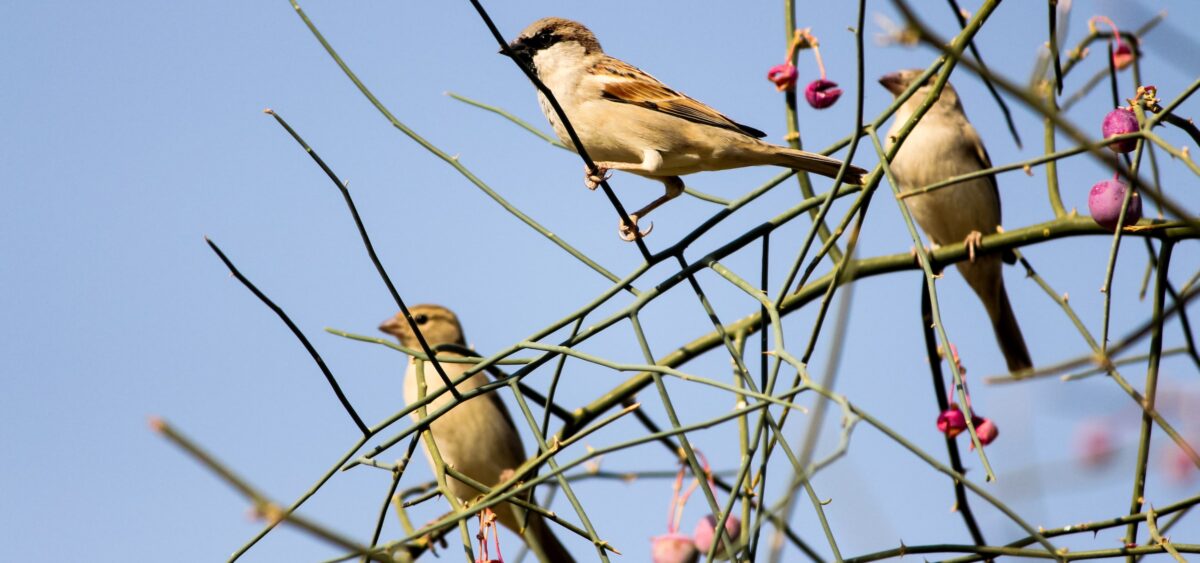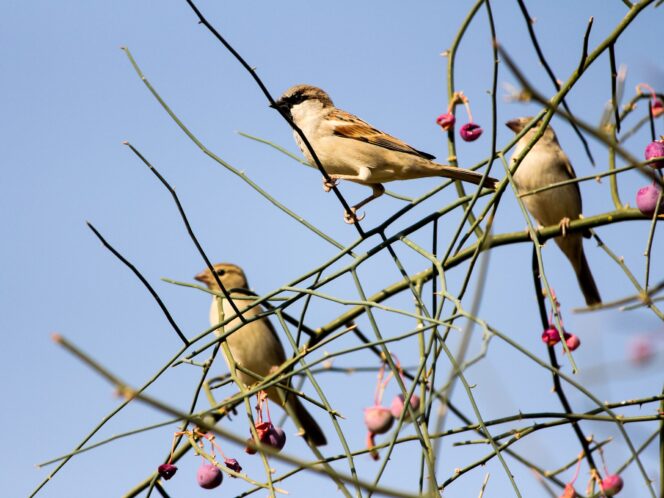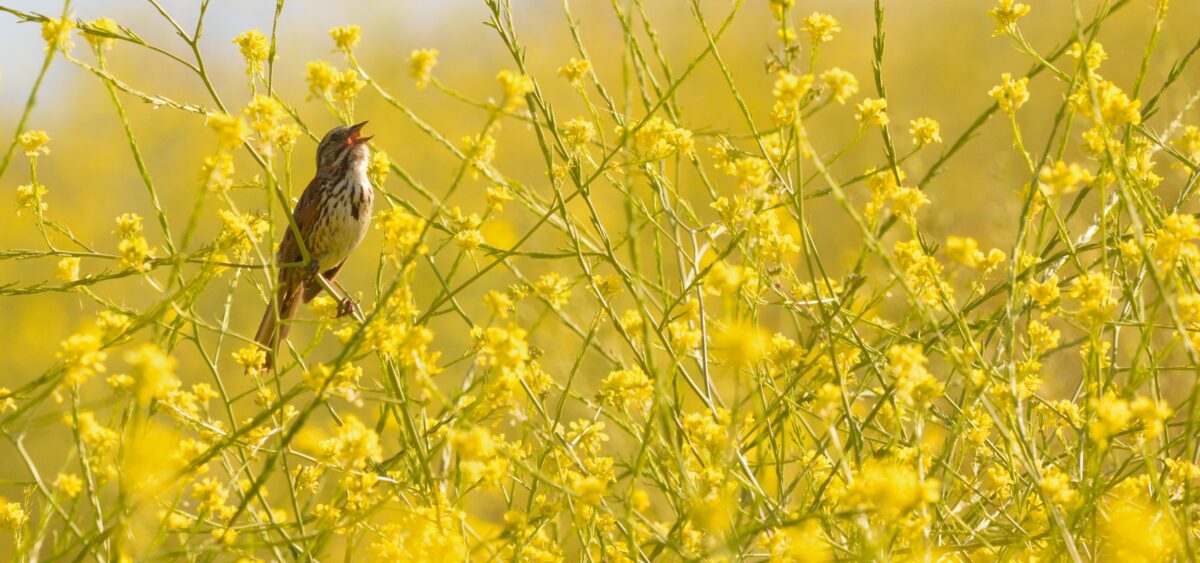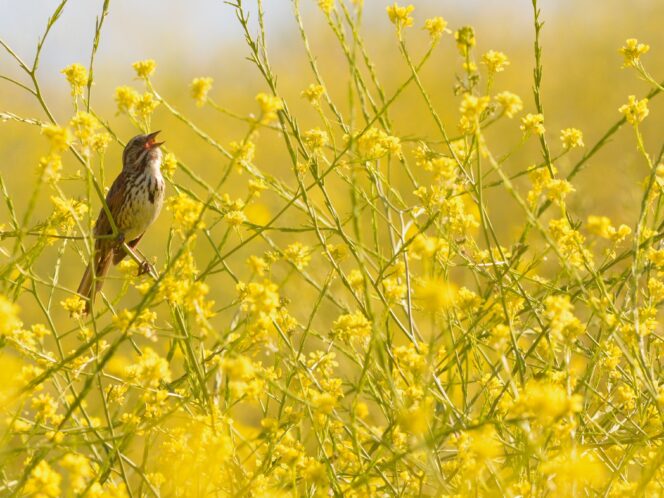
For evolutionary biologists, it is an interesting object of study. For those who grew up in Poland, it is a beloved character of 1980s cartoons and storybooks. The sparrow is a bird which has accompanied humans for some ten thousand years.
Small, gray, inconspicuous: the sparrow. In comparison to other birds, those more colorful and magnificent, it might appear rather unattractive. However, what sets it apart from many other species is an unusual feature—its extraordinary ability to adapt to life in new environments. It thrives in rural areas, as well as in large cities, where it picks at leftovers, like those left behind on coffeeshop patios. It even does well north of the Arctic Circle, on the Scandinavian Peninsula, in the deserts of California, or in the tropics of Panama. There’s just one condition that has to be met—humans must live next door. It has been observed that when settlers moved out of an area, shortly after, so did the sparrows. This unusual attachment to humans is also reflected in the bird’s Latin and English name—house sparrow. In 1758, the father of the classification system of organisms, Carl Linnaeus, gave the sparrow the species identifier domesticus, derived from the Latin word








